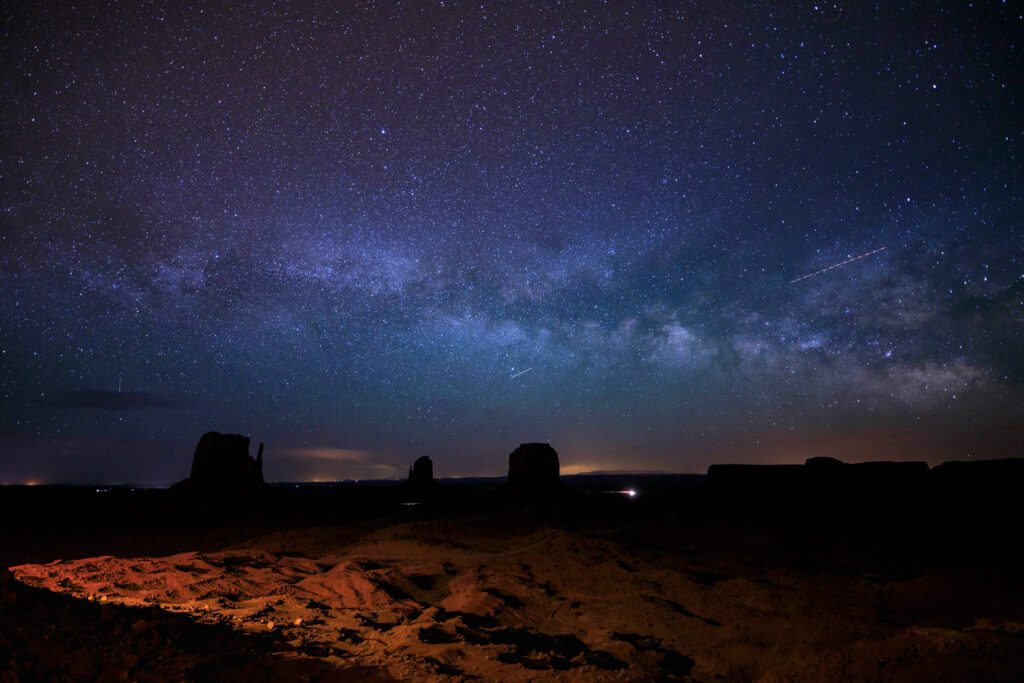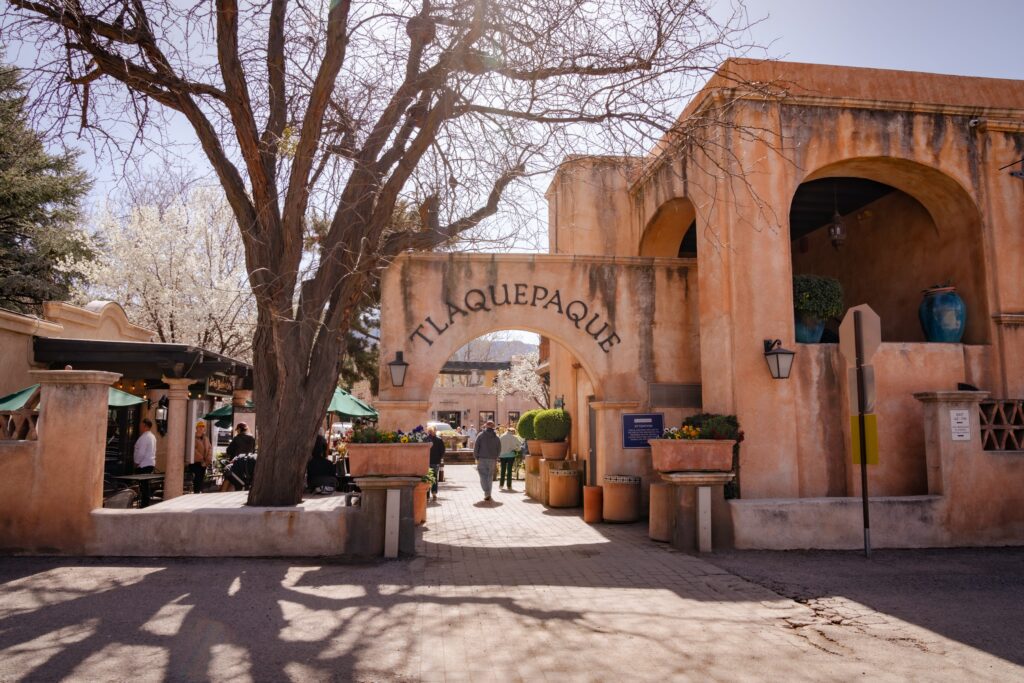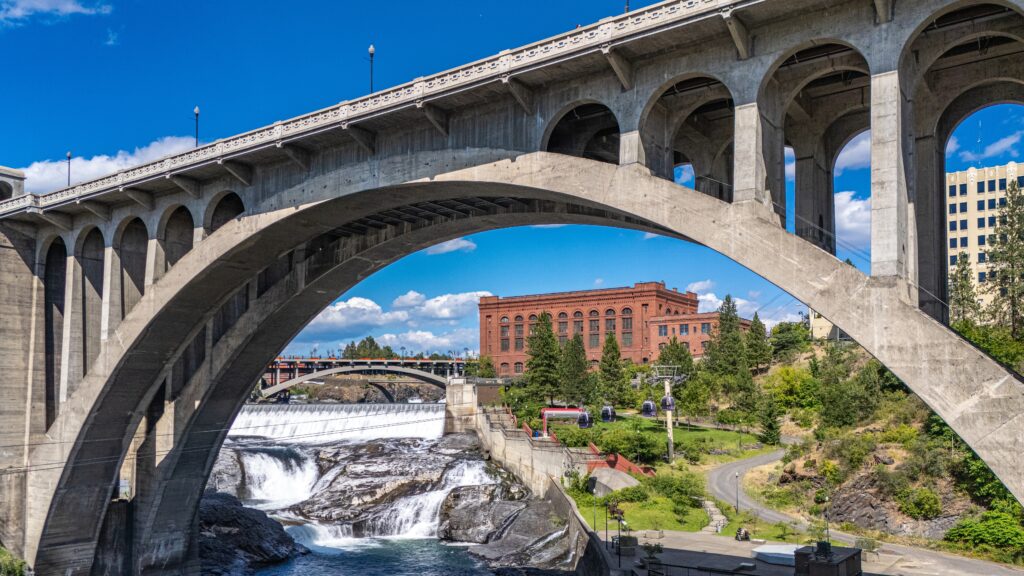If you’ve ever looked up and wished your ceiling was the Milky Way, this list is for you. Across the U.S., there are places where the skies go full cinema mode—no filter needed. We’re talking dark skies so clear you can spot Saturn’s rings, ancient constellations, and even your own sense of awe coming into focus.
From volcanic summits to high deserts, here are seven of the best stargazing spots in the U.S., including a few hidden gems where the cosmos truly shine.
Mauna Kea, Hawaiʻi: Where the Stars Meet the Sacred
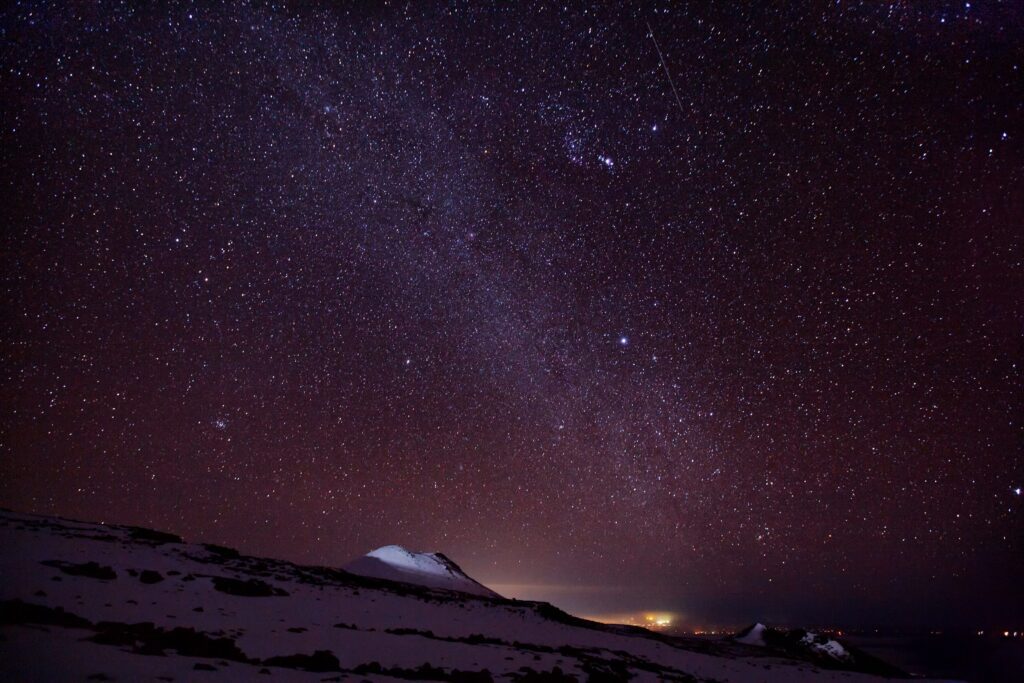
On Hawaiʻi’s Big Island, Mauna Kea rises nearly 14,000 feet above sea level, towering above the clouds, the city lights, and most of Earth’s atmosphere. This massive, sacred volcano is one of the best stargazing locations on the planet.
Most stargazing tours start at sea level and ascend to the summit by sunset, surrounded by sci-fi-worthy observatories like Keck and Subaru. Once night falls, guides typically descend to 9,000 feet for telescope-based viewing and storytelling. Thanks to Hawaiʻi’s position near the equator, the galactic core of the Milky Way is visible longer and clearer than in most other parts of the U.S.
Local Insight: Mauna Kea is sacred to Native Hawaiians. Many tours include cultural interpretation to honor its spiritual significance.
Big Bend National Park, Texas: Stargazing With Zero City Glow
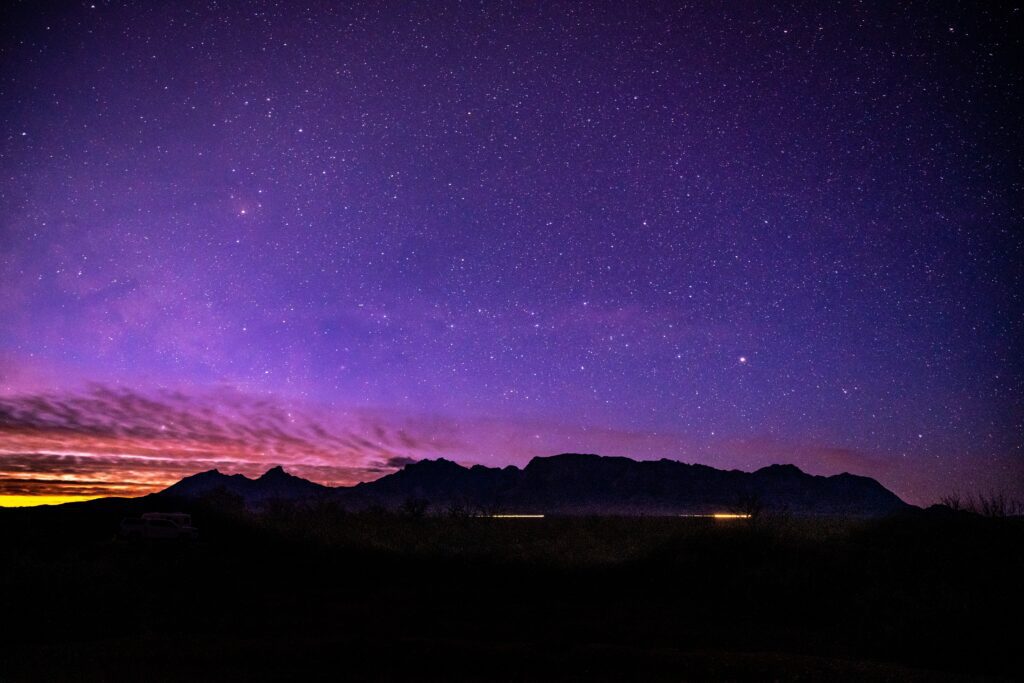
Deep in West Texas, Big Bend National Park is a stargazer’s paradise with some of the darkest certified skies in the lower 48. Out here in the Chihuahuan Desert, light pollution is practically nonexistent—making the Milky Way bright enough to cast shadows.
No fancy gear is required. Just pull off a dirt road, unfold a chair, and soak it in. During the winter months, meteor showers like the Geminids and Quadrantids put on dazzling displays. For extra magic, join a ranger-led program or telescope night at the Panther Junction amphitheater.
Pro Tip: Pair your stargazing with a daytime float down the Rio Grande or a hike through Santa Elena Canyon.
Cherry Springs State Park, Pennsylvania: The East Coast’s Darkest Gem
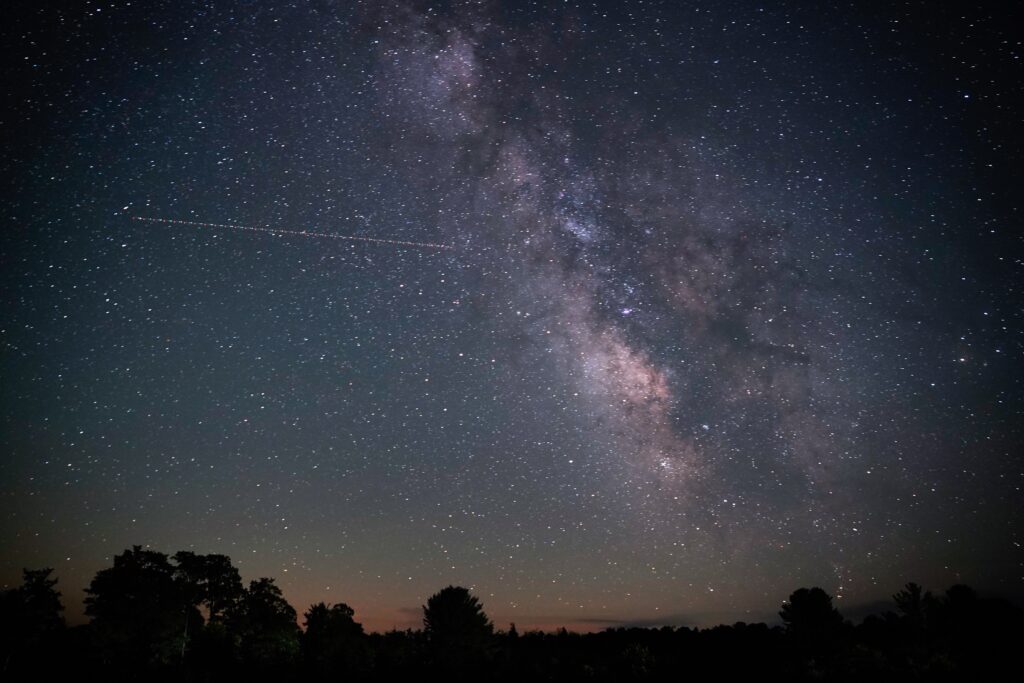
For East Coasters craving true black skies without heading west, Cherry Springs State Park delivers. Tucked into the remote wilds of northern Pennsylvania, it’s one of the few Gold-Level International Dark Sky Parks east of the Mississippi.
Set on a plateau with strict lighting controls, the park offers 360-degree, unobstructed night views. The Overnight Astronomy Field includes telescope pads and red-light-only rules. Twice a year, the park hosts popular public star parties that draw amateur astronomers from across the region.
Astrophotography Tip: Steady atmospheric conditions make Cherry Springs a prime spot for Milky Way shots and long exposures.
Great Basin National Park, Nevada: Silence, Solitude, and Stars
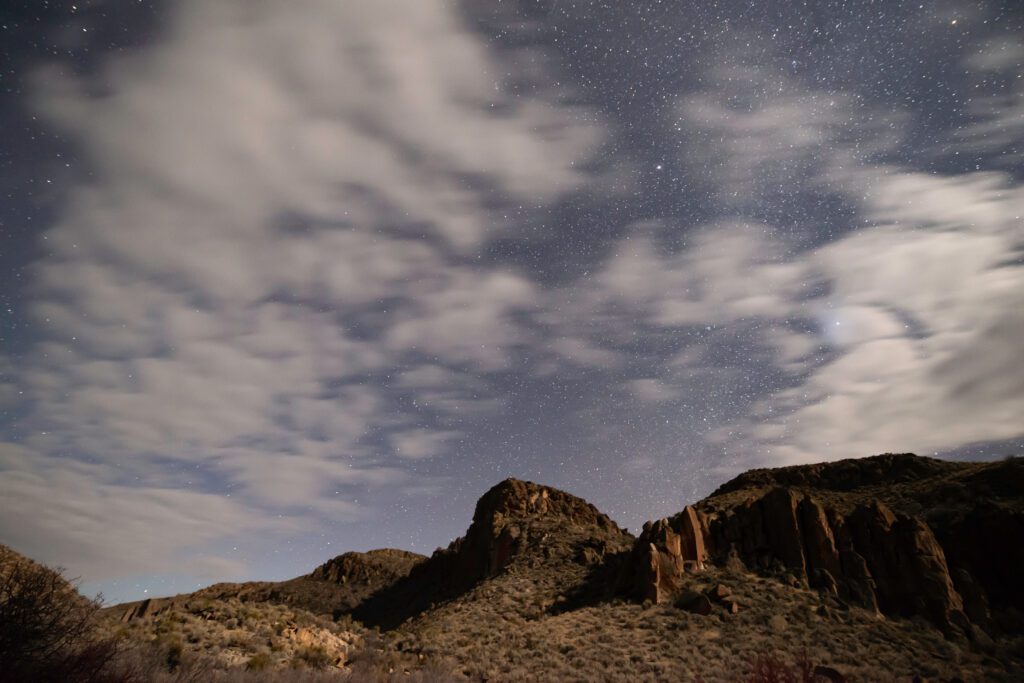
In a state known for neon lights, Great Basin National Park is a wild contrast. This eastern Nevada wilderness boasts some of the lowest sky brightness readings in North America.
Camp between 7,000 and 10,000 feet, and you’ll be treated to blazing star fields and an unobstructed view of the Andromeda Galaxy with the naked eye. The annual Astronomy Festival, held each September, features solar telescopes, ranger talks, astrophotography lessons, and family-friendly activities.
Add-On: Tour the marble wonders of Lehman Caves by day, then look up and lose yourself in the universe by night.
Central Idaho Dark Sky Reserve: Wilderness Meets the Milky Way
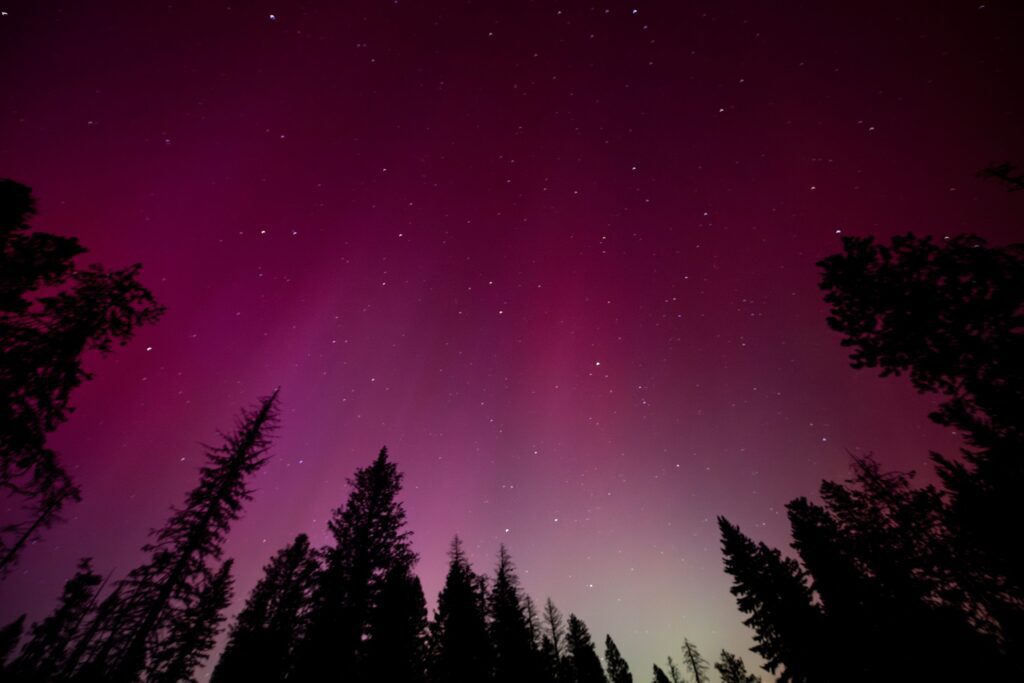
Spanning over 1,400 square miles from Sun Valley to Stanley, the Central Idaho Dark Sky Reserve is the first of its kind in the U.S.—and still one of the best. Thanks to community-wide lighting ordinances, you’ll enjoy uninterrupted Milky Way views over jagged mountains and alpine lakes.
In towns like Ketchum and Stanley, streetlights dim after midnight, and lodges offer stargazing kits with binoculars and red flashlights. Whether you’re soaking in a natural hot spring or camping near Redfish Lake, you’re in for a celestial show.
When to Go: Year-round, but summer skies are particularly photogenic and aurora sightings can occur in winter.
Kitt Peak National Observatory, Arizona: A Hidden Astronomical Treasure

Located in the Sonoran Desert southwest of Tucson, Kitt Peak National Observatory is one of the lesser-known but most scientifically rich stargazing destinations in the U.S.
Home to the largest array of optical and radio telescopes in the world, Kitt Peak also offers Night Observing Programs for the public. These guided experiences include deep-sky viewing through research-grade instruments and access to one of the clearest night skies in the Southwest.
Insider Tip: Due to high elevation and desert air clarity, the skies here are exceptionally stable and dry—perfect for astrophotography and telescope viewing.
Death Valley National Park, California: A Celestial Desert Dreamscape
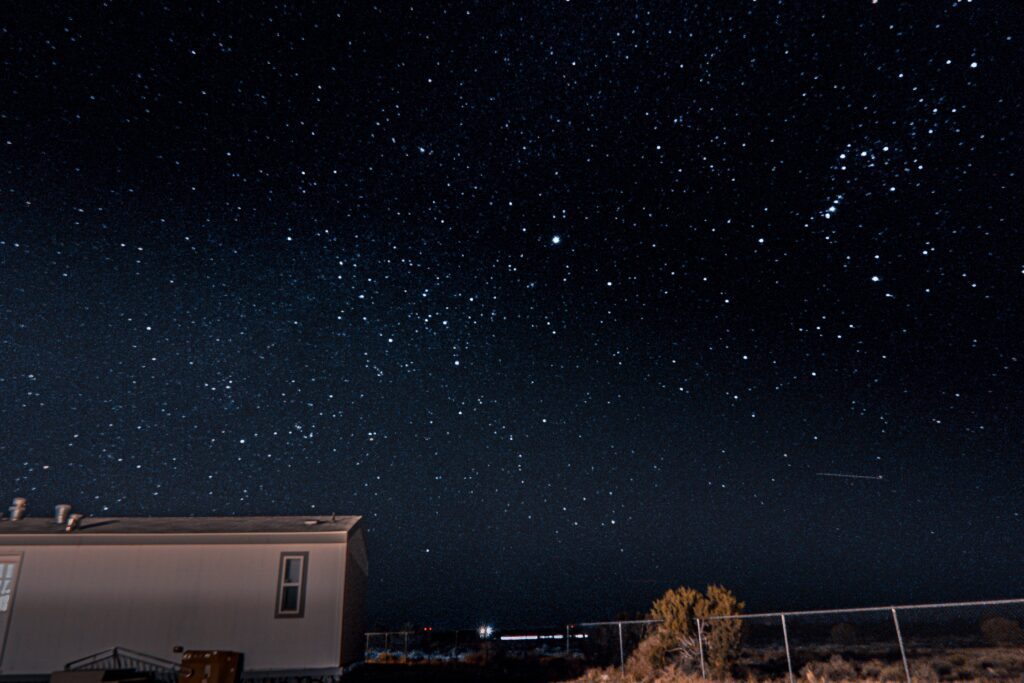
It may be the hottest place on Earth by day, but Death Valley National Park is one of the coolest after dark. Recognized as a Gold Tier Dark Sky Park, its massive, arid basin offers wide, unobstructed views of the night sky.
Visit Mesquite Flat Sand Dunes or Badwater Basin for surreal foregrounds against star-streaked skies. In winter, low humidity and long nights provide ideal conditions for stargazing and meteor showers like the Geminids.
Bonus: Join ranger-led night programs during winter and spring for constellation talks and telescope demos.
